In 2019, my teammates and I partnered with a diverse set of organizations including: Jane Goodall Institute, The Half Earth Project, Blue Raster, Audubon Society, USDA, National Geographic Society, and many more. We’ve learned a lot through these collaborations about setting realistic timelines, story promotion, and managing assets. In this blog post, I’ll outline some of the fundamentals for successful story map partnerships.
Why partner in the first place?
From our experience, here are three great reasons to invest in partnerships.
Magnify your audience
Partnering can reach a much larger audience than any one organization alone. This is particularly true if you’re sharing your story map on social media and want to maximize your reach. Partnering can also cast a wider net and reach new audiences. It’s important to note that it’s not always about how many views your story gets but who is viewing it. The number of views a story receives is often less important than the action your readers take. In most cases it’s better to have your story reach your target audience and make an impact than to have it go viral.
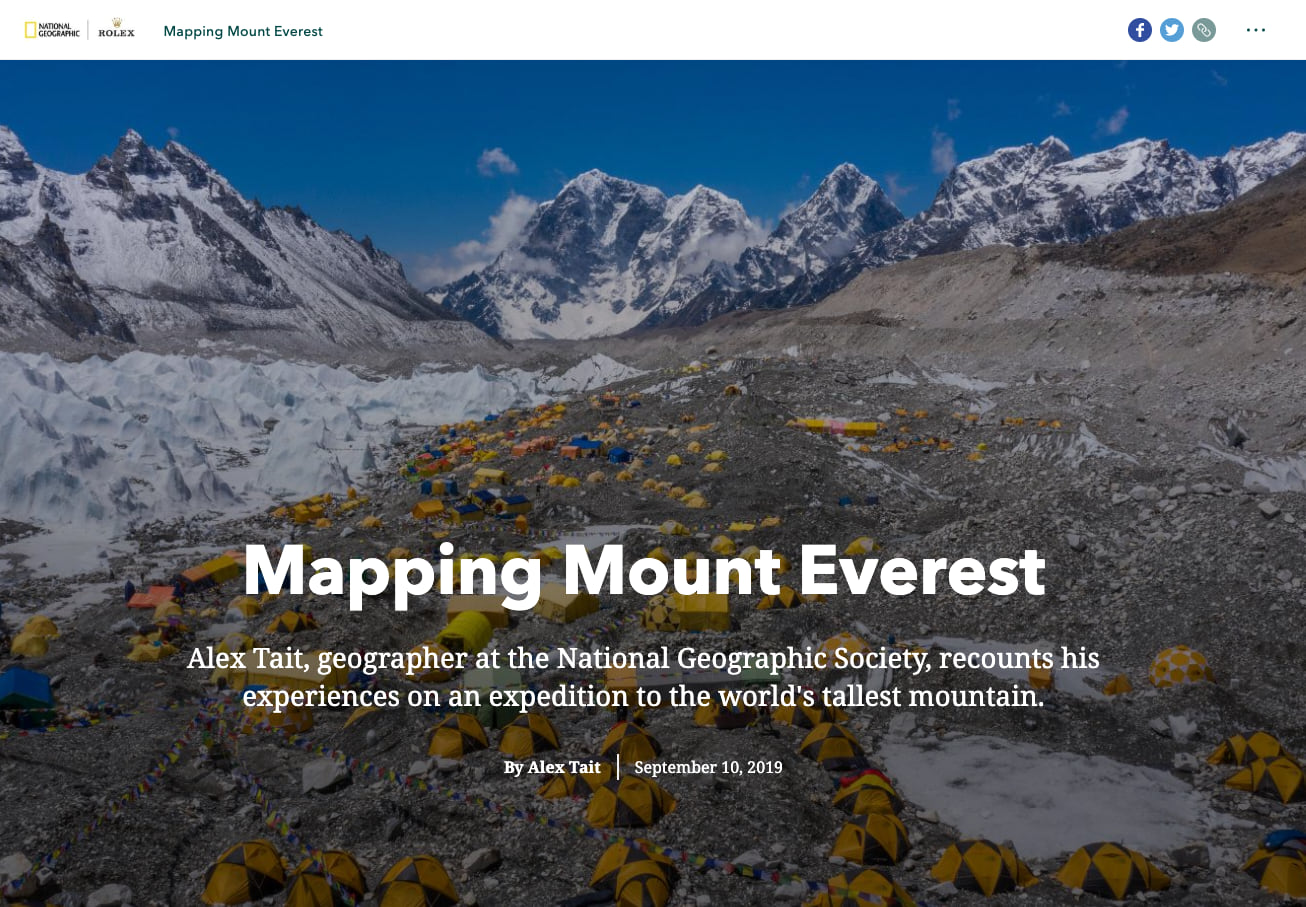
Credibility
Some organizations are seen as authoritative on certain subjects. By partnering with those organizations, it will add credibility and substance to your story maps.
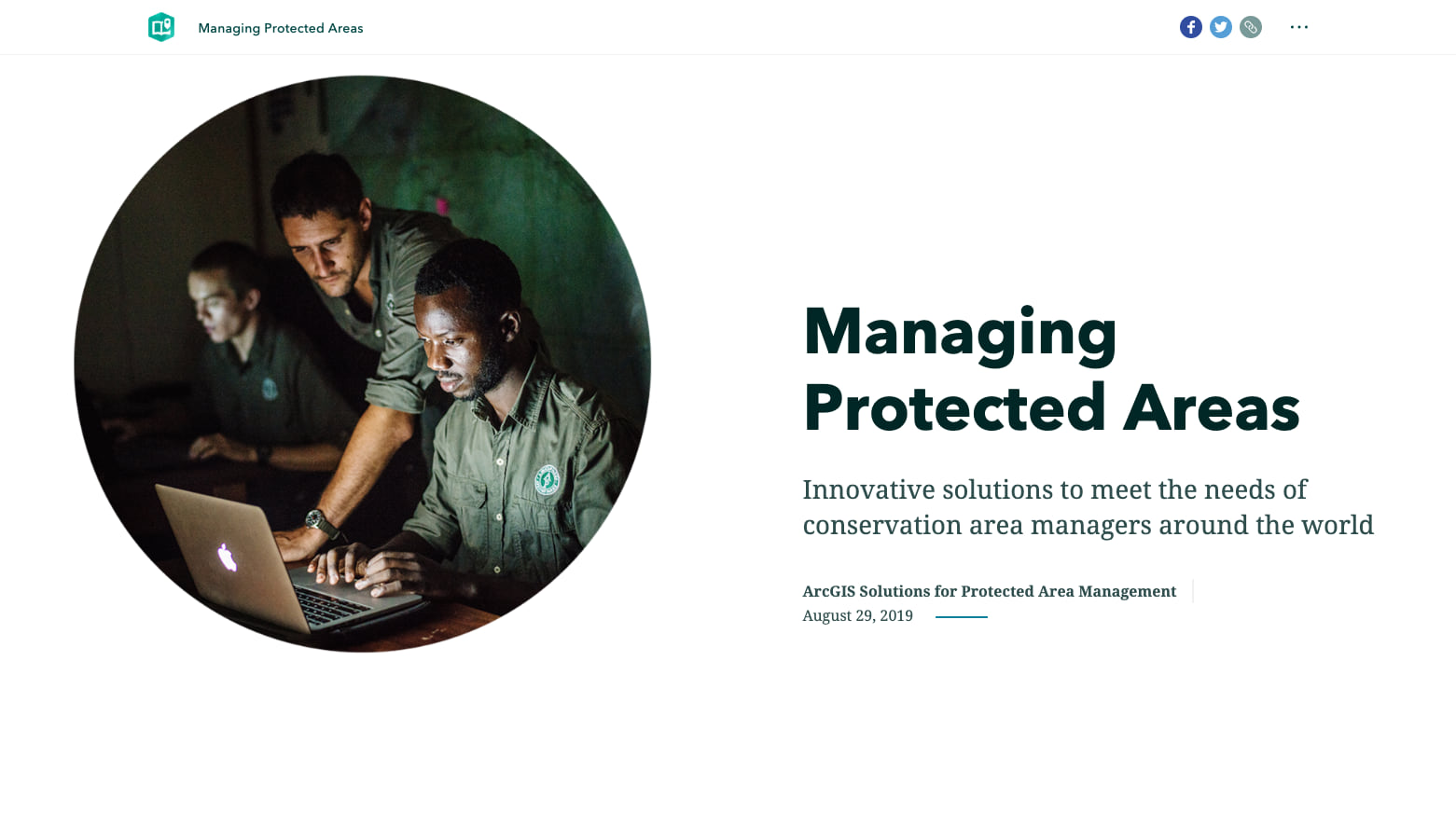
Capacity building
All organizations face constraints, whether it’s financial, technical, or just time available in the day. It can be more efficient to partner on a story map because an organization may have the technical expertise or skills to create maps, graphics, media, or writing. By partnering you can often accomplish more with the time allotted to you.
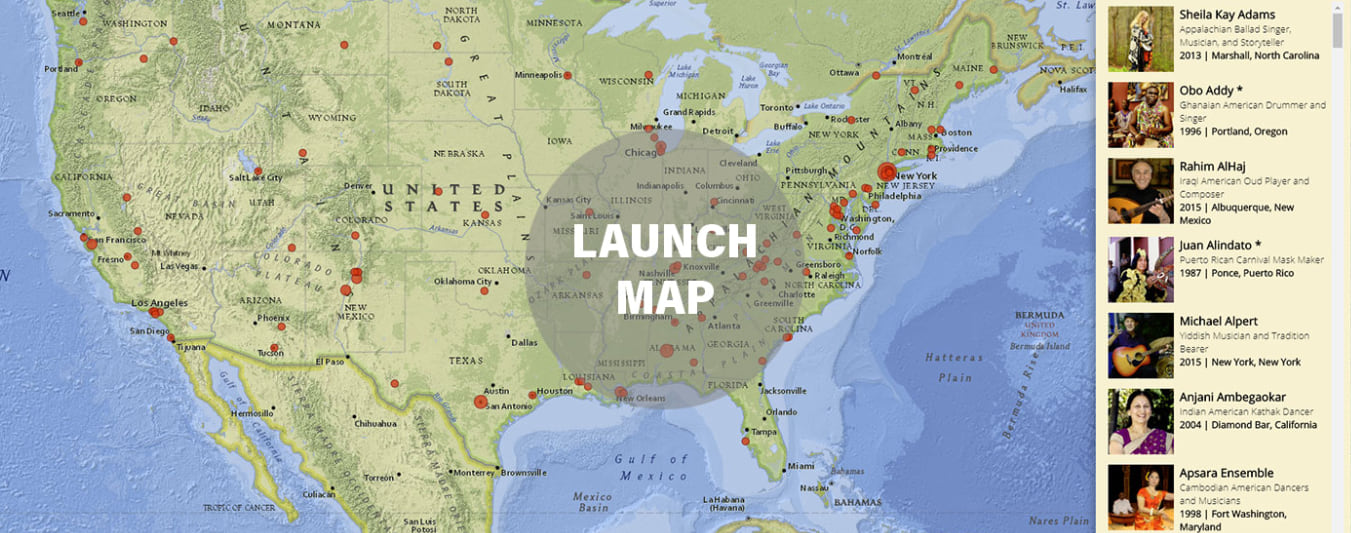
Consider checking these boxes in your next story map partnership
Define roles and responsibilities…put it in writing
We all know that clear communication is critical for any project. Partnerships are no different. On the StoryMaps team we use a shared document to make sure we know who is doing what in our collaboration and so we can keep track of project timeline and deliverables.
Some questions to think about: Who will be the project manager to make sure deliverables are on track? Who will manage the story map content and put it in the builder? Who will be making maps/graphics? Who will write the text for the story? Who will gather media for the story?
Organize your shared assets:
It’s easier than ever to collaborate with people online. Work with your partners to have a clear folder structure that’s understandable to everyone and allows you to share maps, photos, and text. Spending time on these logistics early in your collaboration will pay off in the long run.
Set realistic timelines that are adaptable
Setting timelines is the only way to make sure a project is completed. When setting timelines, it’s important to consider vacation and holiday schedules as well as the time it takes to get approval from managers or to promote a story.
Coordinate your outreach plan
After spending weeks authoring a story map, you want to make sure your audience reads it.
On our team we create outreach plans to coordinate our efforts and distribute our stories out into the world. This way the distribution is coordinated to make a bigger splash. Our team creates digital media strategies for each story release, which often include partner coordination. Each strategy includes target audiences, key messages, a list of platforms (like social media accounts, blogs, and websites), and the content for each digital platform. Larger campaigns may include shared hashtags, media assets, and a release calendar or tick-tock—a timeline of activity to keep everyone on the same page. Check out this example from a recent collaboration with USDA and Esri’s Living Atlas team.
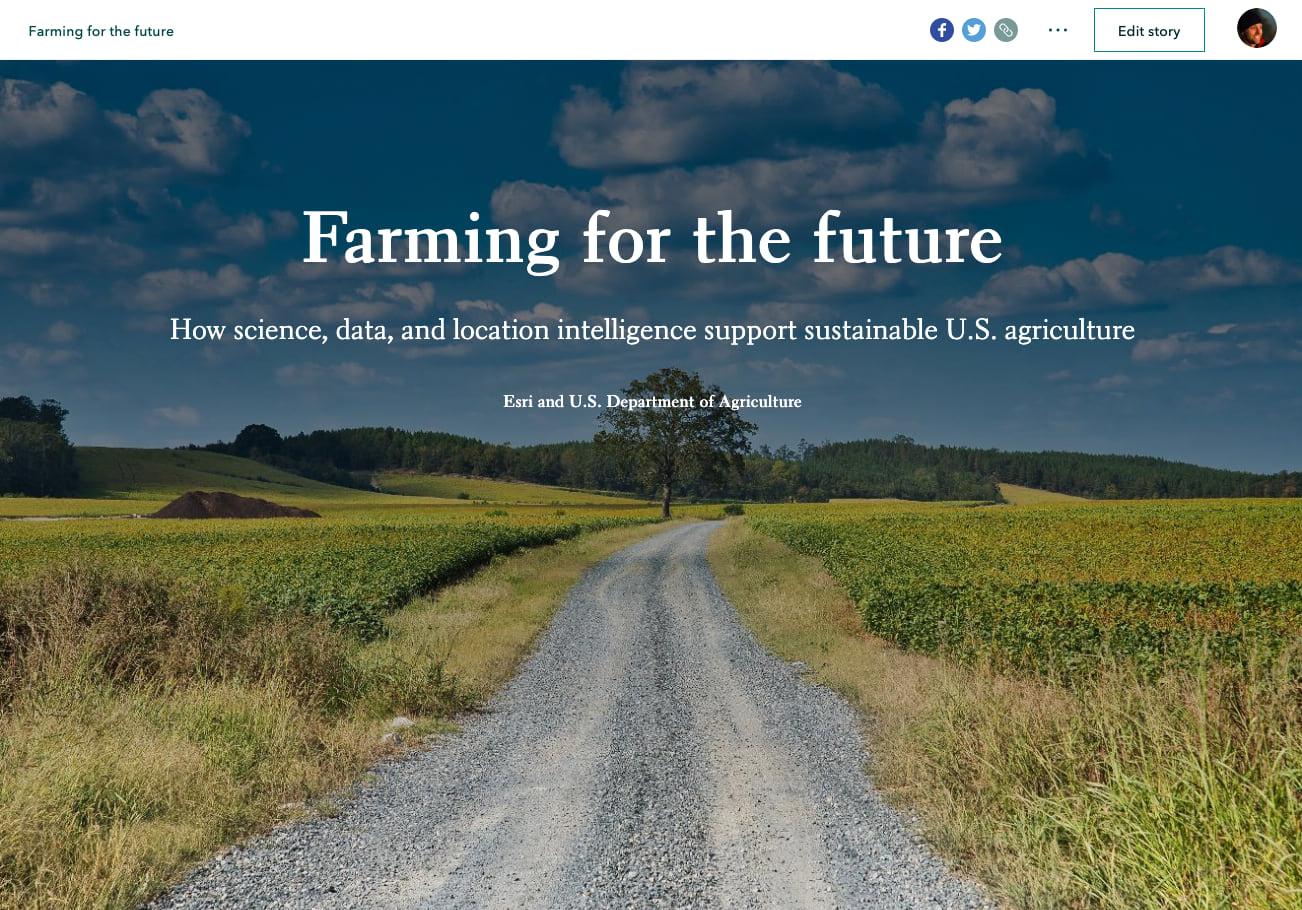
Bringing it all together:
Each day, organizations create new story maps about their important work in the world. Through partnerships, those messages can reach a larger audience and compete within the large digital landscape. We can effect real change together with shared messages, a sound approach, and engaging stories.
What new partnerships will you develop?
Interested in partnering with the story maps editorial team? Get in touch by emailing me at rdonihue@esri.com. We have a clear process for supporting partnerships and if we don’t have the bandwidth, we can share some organizations that might.

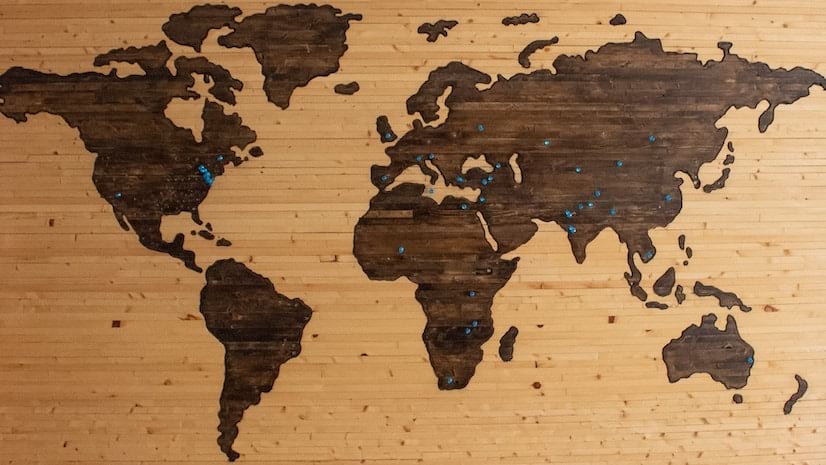
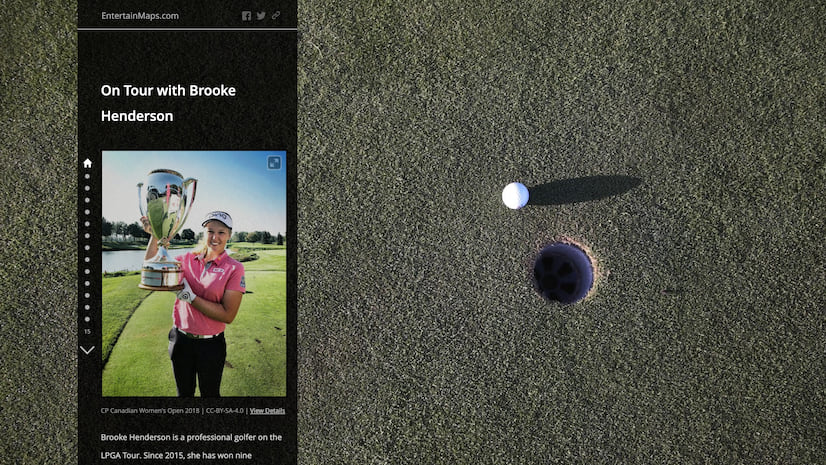

Article Discussion: